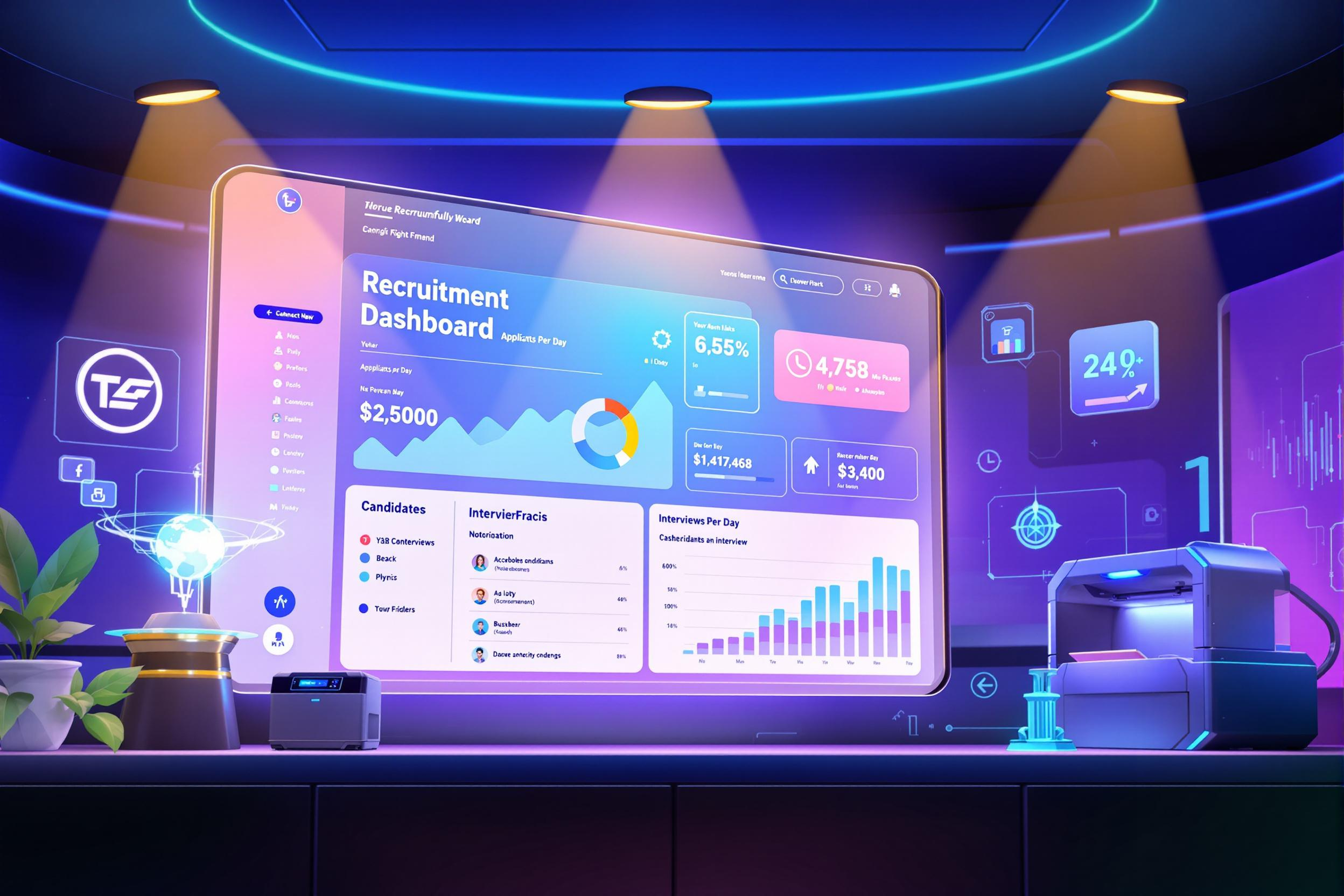
Machine Vision
Machine Vision is a technology that gives computers the ability to 'see' and understand images or videos, similar to human eyesight. It's widely used in factories and production lines to inspect products, guide robots, and ensure quality control. Think of it as a digital eye that never gets tired and can spot details that might be too small or quick for human workers to catch. You might also see it called "Computer Vision," "Industrial Vision," or "Vision Systems" in job descriptions. This technology is becoming increasingly important in manufacturing, quality control, and automation processes.
Examples in Resumes
Implemented Machine Vision systems for automated quality inspection on production lines
Developed Computer Vision solutions that improved product quality by 98%
Led team in designing Vision System applications for robotic guidance
Integrated Machine Vision and Industrial Vision technology for packaging inspection
Typical job title: "Machine Vision Engineers"
Also try searching for:
Where to Find Machine Vision Engineers
Professional Organizations
Online Communities
Industry Events
Example Interview Questions
Senior Level Questions
Q: How would you approach implementing a machine vision system in a new manufacturing line?
Expected Answer: A senior candidate should discuss analyzing production requirements, selecting appropriate cameras and lighting, considering environmental factors, and planning for system integration with existing equipment. They should mention experience with project management and team coordination.
Q: What strategies do you use to ensure reliable machine vision inspection in varying conditions?
Expected Answer: Should explain practical solutions like controlled lighting, regular system calibration, and implementing redundancy measures. Should demonstrate understanding of real-world manufacturing challenges.
Mid Level Questions
Q: What factors are important when setting up lighting for a machine vision system?
Expected Answer: Should discuss basic lighting types (front, back, angular), importance of consistent lighting, and how different materials require different lighting approaches. Should show practical experience with real setups.
Q: How do you determine if a machine vision system is performing accurately?
Expected Answer: Should explain basic quality metrics, testing procedures, and how to validate system performance. Should mention experience with actual implementation and troubleshooting.
Junior Level Questions
Q: What are the basic components of a machine vision system?
Expected Answer: Should be able to list and explain basic components like cameras, lighting, processing unit, and software. Should understand how these components work together.
Q: What are common applications of machine vision in manufacturing?
Expected Answer: Should mention quality inspection, measurement, barcode reading, and guiding robots. Should show basic understanding of industrial applications.
Experience Level Indicators
Junior (0-2 years)
- Basic understanding of cameras and lighting
- Simple quality inspection applications
- Basic image processing concepts
- Working with vision system software
Mid (2-5 years)
- System integration and setup
- Troubleshooting vision applications
- Advanced lighting techniques
- Programming vision systems
Senior (5+ years)
- Complex system design and implementation
- Project management and team leadership
- Advanced problem-solving in difficult conditions
- Integration with other automation systems
Red Flags to Watch For
- No hands-on experience with actual vision systems
- Lack of understanding of industrial environments
- No knowledge of lighting and optical principles
- Unable to explain basic quality control concepts




